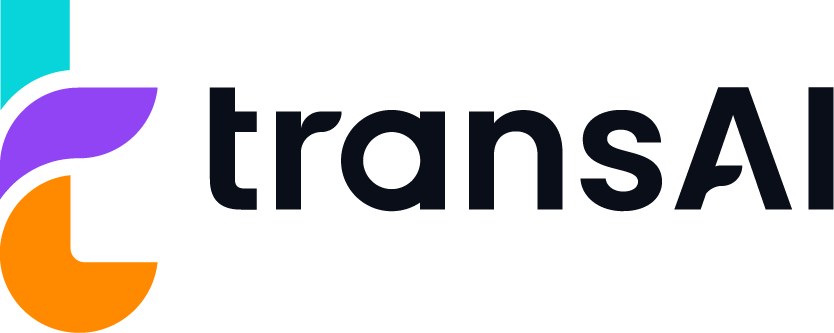
Line improvement
With a view to “continued improvement” it is therefore inevitable that the technical process must be improved.


Line improvement
Depending on the specifications, a machine is delivered by the manufacturer with a default setting that is tailored to the original design and intended application. These settings are usually sufficient for initial use, but in practice it often turns out that the situation changes over time. This may be due to changed product specifications, changing market demands or advancing insight into the production process.
In the context of “continuous improvement” – the pursuit of continuous improvement – it is almost inevitable that the technical process will have to be optimized at some point. New insights, technological developments and changing operational needs always offer opportunities for further improvement.
These improvements can range from small adjustments, such as fine-tuning settings or optimizing parameters, to larger upgrades that have a significant impact on performance. Whether it is increasing output, improving efficiency or increasing quality, there are almost always opportunities to get the most out of a machine or process.
By implementing such improvements or tweaks, a production process can better respond to current demands and wishes. This not only leads to higher output and better performance, but often also to lower operational costs and improved reliability. With the right approach and expertise, there are many options available to optimize an existing system and make it future-proof.
Frequently Asked Questions
"Continued improvement" refers to the ongoing process of optimizing systems, machines, and practices to deliver better performance. This can range from improving efficiency and output to reducing errors and costs, and increasing overall product quality.
Signals that optimization is needed can include a decrease in productivity, increased energy consumption, quality issues, or irregular output. It can also be that there are new product requirements or market changes that require adjustments.
Yes, even small adjustments or tweaks can have a big impact on the efficiency or output of a machine. This can be done by adjusting settings, refining processes or optimizing existing systems. Often small changes can lead to noticeable improvements without the need for large investments.
There are several factors that influence the decision to optimize a machine or process, including technological developments, changing product requirements, business goals, or problems such as low efficiency, downtime or increased operating costs.
Upgrading existing machinery is often more cost-effective than purchasing new machinery. It allows companies to maximize the value of their current equipment without the costs and disruptions associated with replacing machinery.
By performing regular maintenance, monitoring performance and implementing a culture of continuous improvement, you can ensure that the changes you make are sustainable. It is important not to view improvements as a one-time fix, but as an ongoing process to continue improving efficiency and performance.
About us



